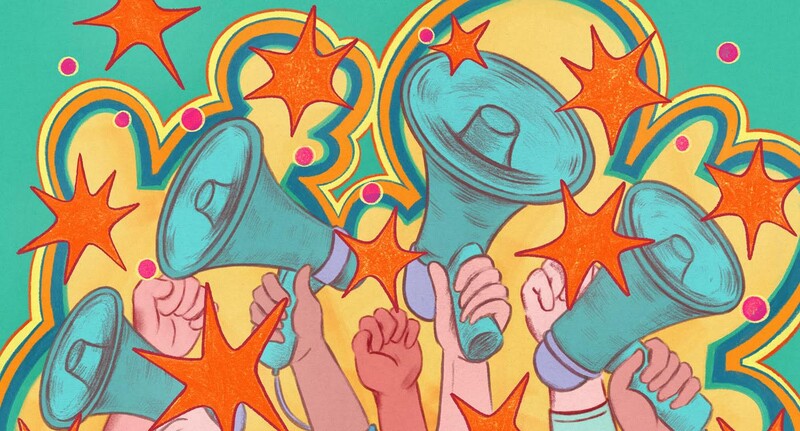Early November, Morningside Heights: A frequent visitor to the Cathedral Church of Saint John the Divine notices that the head of a statue there has gone missing. It’s George Washington’s head, as a matter of fact — part of a panel of three-foot-high sculptures that represents 20 centuries of history since Christ’s death, obviously irreplaceable. Thinking there must be some explanation, the visitor points it out to a tour guide, who turns ashen.
Uh-oh.
The cathedral declines, for various reasons, to publicize the incident. But Columbia student Sean Koehler gets wind of the vandalism and decides a few days later to see for himself. Popping in at the cathedral, Koehler takes several photographs that he soon posts to the Internet, passing a note along to the blog Gothamist for good measure. A few hundred folks will view the snapshots within a couple of hours; the story hits the wires, along with The New York Post and The Daily News, the next day. (Koehler says the Post tracked him down and offered more than $400 for rights to reprint his pictures; he declined.)
About that initial Post story: In it, a chagrined parishioner says the sad deed “sounds like a college prank, actually, because we’re so close to Columbia.”
Because we’re so close to Columbia.
Flashback a few decades, to 1978.
Early on in the movie Animal House, the camera lingers on a statue of Emil Faber, founder of the eponymous college that provides the film’s fictional backdrop. Perhaps the scene does not bring to your mind Chekhov’s theatrical axiom concerning the gun — “One must not put a loaded rifle on the stage if no one is thinking of firing it” — but 95 minutes later, as the film builds to its climax, the head of the statue again makes an appearance, this time severed from its base and repurposed as a grotesque hood ornament for a Lincoln sedan. Mayhem ensues.
Animal House grossed $120 million in 12 months and has generated at least two-thirds of that amount in the years since. So influential was the movie that some suggest it played a significant part in reversing a nationwide trend of rapidly declining membership in collegiate fraternities and sororities. Almost three decades after its release, for good or ill, the boozy, zany, mischievous collegians it depicts remain the definitive cinematic portrait of college life.
It’s not altogether surprising, then, even these many years later, that someone would connect vandalism in general, and headless statues in particular, to those wacky college kids up the street.
We may never know the actual perpetrator, but the police apparently turned their attention to a local malcontent who, sadly but unsurprisingly, may well be mentally ill. (For the record, that’s a non-Columbia-affiliated malcontent.)
And while it won’t make up for the loss, the Cathedral apparently intends to have a stonecutter fashion a facsimile of the head. Officials told the Post it would only cost a few thousand dollars.
So at press time, no dragnet of campus had been deemed necessary.
“It didn’t seem to me like it would have been a Columbia student,” says Koehler, the student with the camera. Agreed. Nonetheless, however unlikely to have perpetrated this particular offense, CU students probably have a little more Animal House in them than they get credit for. Undergraduates are unpredictable, after all, and between videophones and Web sites like Facebook and YouTube, it’s all the more likely that when a Columbia student makes like John Belushi, we’ll know it.
The upshot? If something happens to a statue of Alexander Hamilton . . . then we can talk.



